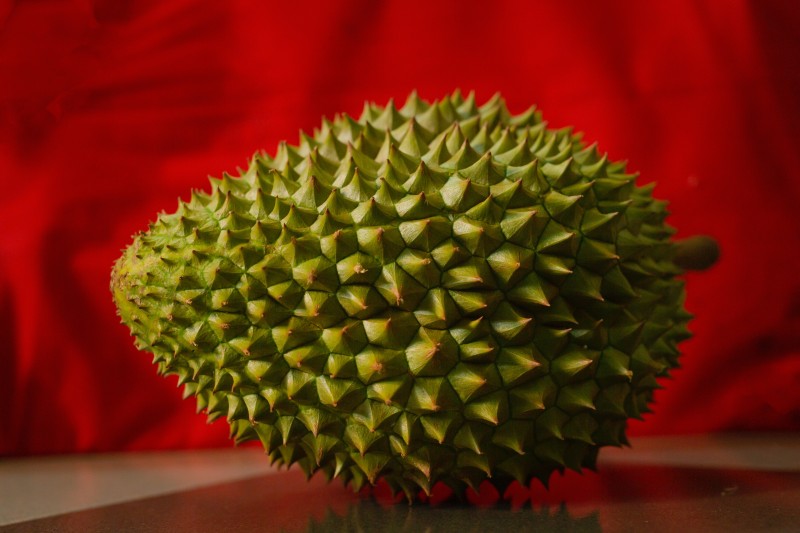1. Inspection and quarantine basis:
A. "Law of the People's Republic of China on Entry and Exit Animal and Plant Quarantine", "Implementation Regulations of the People's Republic of China on Entry and Exit Animal and Plant Quarantine Law"
B. "Food Safety Law of the People's Republic of China", "Regulations on the Implementation of the Food Safety Law of the People's Republic of China"
C. "Administrative Measures on Inspection and Quarantine of im
port Fruits"
D. "Protocol of the General Administration of Customs of the People's Republic of China and the Ministry of Agriculture and Agro-ba
sed Industry of Malaysia on Phytosanitary Requirements for Malaysian Frozen Durian Exported to China "
2. Product name allowed to enter:
Frozen Durian (scientific name: Durio zibethinus). Refer to the products at -18℃ or below before storage and transportation,
A. Durian pulp and fruit puree (without husk) frozen at -30℃ or below for 30 minutes.
B. Freeze whole durian (with husk) for no less than 1h between -80℃ and -110℃.
3. Allowed origin: Durian Production Area in Malaysia.
4. Approved orchards and packaging companies: The Ministry of Agriculture and Agro-ba
sed Industry of Malaysia (MOA) has filed the durian orchard, packaging companies, related processing facilities and exporters, and reported to the General Administration of Customs of the People's Republic of China (GACC) for registration.
5. List of quarantine pests that need to pay attention to:
Phytophthora palmivora, Capnodium moniliforme, Colletotrichum sp., Rhizopus artocarpi, Rigidoporus lignosus
6. Durian orchards should implement Good Agricultural Practices (GAP) and implement integrated pest control (IPM) under the supervision of MOA. The orchards for frozen durians exported to China should be tested regularly for Rhizopus artocarpi and Rigidoporus lignosus. Each durian packaging box should be marked with Chinese and English information such as fruit type, country, place of origin (state, city or county), packaging plant name or registration number. " Exported to the People’s Republic of China" must be marked in Chinese on each tray.
Before export, it is required to pass the quarantine inspection. The MOA shall issue a phytosanitary certificate, and indicate in the additio
nal statement of the certificate: “This co
nsignment is in compliance with the requirements specified in the Protocol of Phytosanitary Requirements for the Export of Frozen Durian from Malaysia to China”. If the product is pulp, a sanitary certificate must be issued at the same time as the phytosanitary certificate.
7. When entering the country, it is necessary to review the “Entry Animal and Plant Quarantine Permit", the phytosanitary certificate, and the co
nformity of the packaging label. Products that do not meet the requirements shall be returned, destroyed or handled in accordance with China's phytosanitary regulations. The GACC will inform MOA at once. MOA should investigate, identify the reasons and implement correspo
nding improvement measures.
8. According to the dynamics of the Malaysian frozen durian epidemic situation, GACC will co
nsult with MOA to
adjust the list of harmful pests and related quarantine measures.
Business Division of Food Safety and Regulatory Compliance of Global Foodmate provides food standards & regulations research, labelling compliance consulting/Chinese label design, industry public opinion monitoring and analysis, registration services (of Infant formula, FSMP, Health food, Novel Food Ingredients, Novel Food Additives, New Varieties of Food-Related Products and Overseas manufacturers of imported food) and other comprehensive food safety solutions for domestic and overseas enterprises and institutions in food industry.
Please feel free to contact us: +86 10 68869850, E-mail: global_info@foodmate.net


